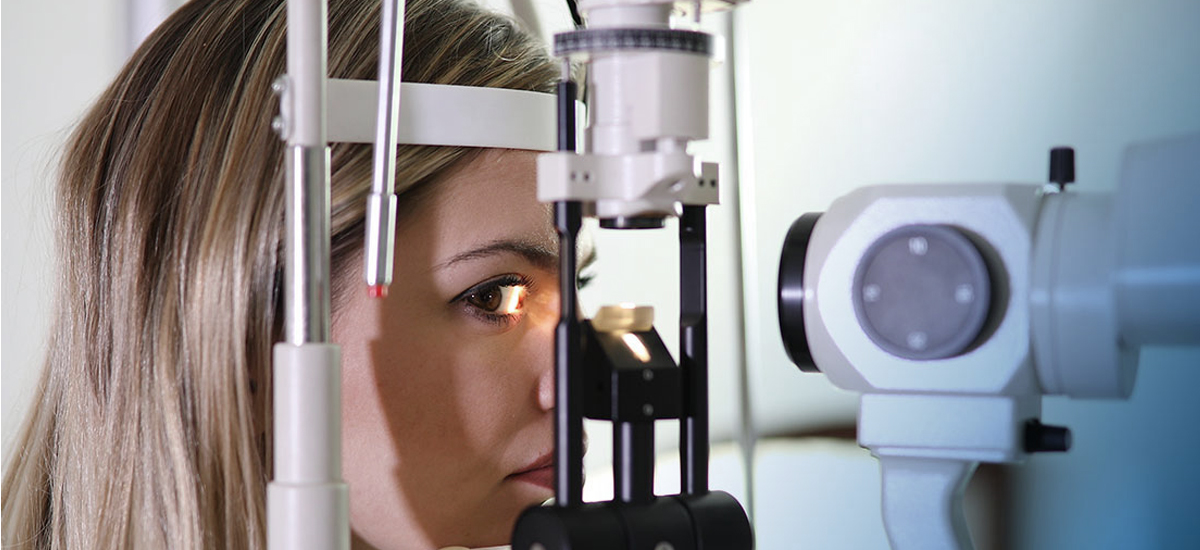Nearsighted vs. Farsighted: What Is the Difference?

Do you ever encounter issues seeing at certain distances? The chances are that you have hyperopia (farsightedness) or myopia (nearsightedness). These conditions are refractive errors defined by your eyes’ incapability of transferring light to the retina, making your vision fuzzy nearby or far away.
So what does it mean to be nearsighted vs. farsighted? Let’s see what our team of eye care specialists has to say on the subject.
Nearsighted vs. Farsighted
Being nearsighted means that it’s easier for you to see things that are close to your face and more challenging to perceive details that are far off. This happens due to your eye being more lengthy than most or when the cornea has an excessive curvature. In contrast, one difference between being nearsighted vs. farsighted is that farsightedness can happen when your cornea isn’t curved enough.
What’s another difference between being nearsighted vs. farsighted? People with farsightedness have issues with near vision and see the best at a distance. You may have symptoms such as problems focusing on objects close to the face, headaches after prolonged use of near vision, and agitation after zeroing in on a close-up task for too long.
The effects of myopia are similar but at a different distance. For instance, a nearsighted person may experience headaches or eye strain after examining remote objects or performing tasks that require the use of distance vision for extended periods.
You may not need glasses if your farsightedness is minor, but if you do, our eye doctors can help you find the right type of lens and the perfect fit. They can do the same for myopia, which may require corrective lenses part of the time or all the time based on the degree of your condition.
Is it better to be nearsighted or farsighted?
Whether it’s better to be nearsighted or farsighted depends on your lifestyle and occupation. If you need to see close-up details often because of your job, such as if you work in an office, it might be easier for you to be nearsighted vs. farsighted.
Do you drive a lot for work? You might benefit from having clearer distance vision that helps you see exits, pedestrians, and road signs with greater ease.
Both conditions are manageable, even if you’re farsighted or nearsighted with astigmatism. Your eye doctor will likely recommend corrective eyewear to mend your vision. All it takes is a comprehensive eye exam with some painless, straightforward eye tests.
To find out more about what happens during an eye exam, click here. You’ll learn all about the steps of a typical eye doctor visit and what to expect during a thorough eye examination.
Summary: Hyperopia vs. Myopia
Hyperopia and myopia are common refractive errors that sometimes occur in combination with astigmatism. While you may feel that these issues are challenging to manage on occasion, prescription lenses are often all you need to correct them. Education is also vital.
Here are some major differences between farsightedness vs. nearsightedness:
- Nearsightedness means that your cornea might have a greater-than-average curvature, whereas farsightedness can result from your cornea not being curved as much as it should be.
- Farsighted people have better distance vision, while nearsighted people have the opposite (stronger near vision).
Whichever of these two refractive errors you have (or any others), our eye care team is at your service. If you give us a call at your convenience, we’d love to fit you in for a comprehensive eye exam.
Book your eye exam at For Eyes
Have you had your annual comprehensive eye exam? Schedule an appointment with an Independent Doctor of Optometry at your local For Eyes.








